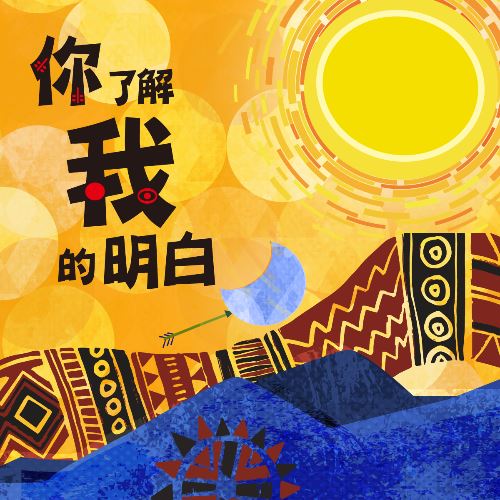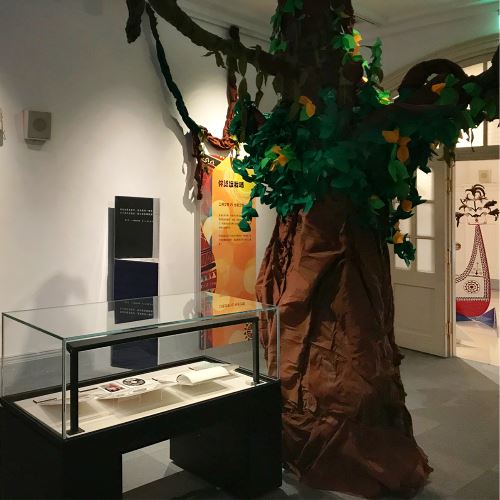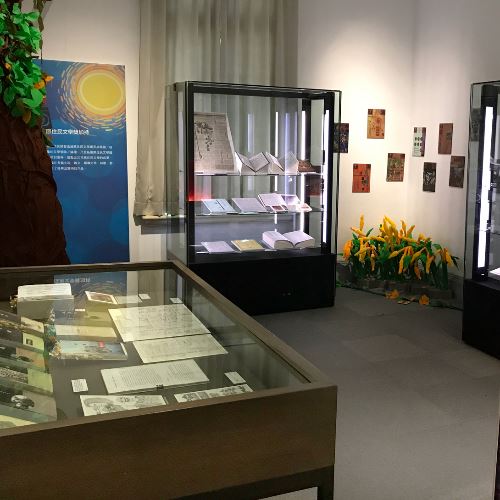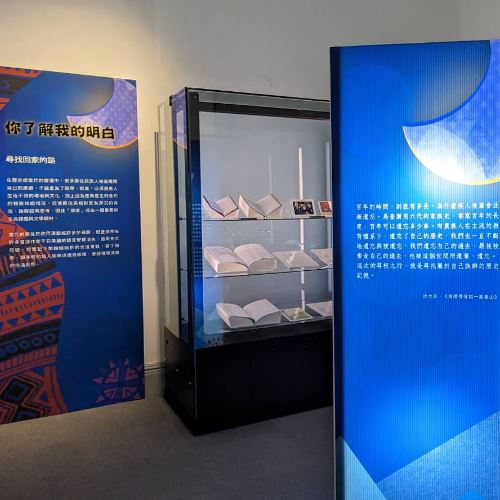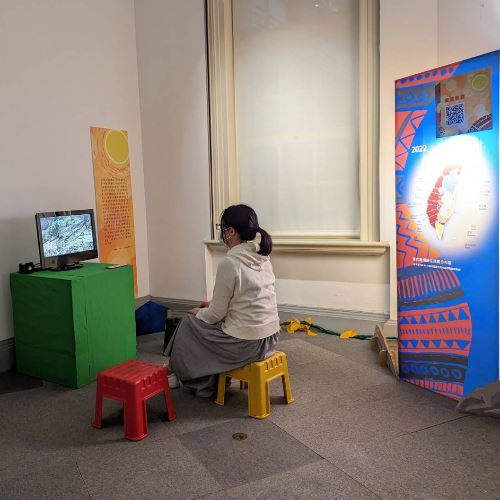Overview and Background
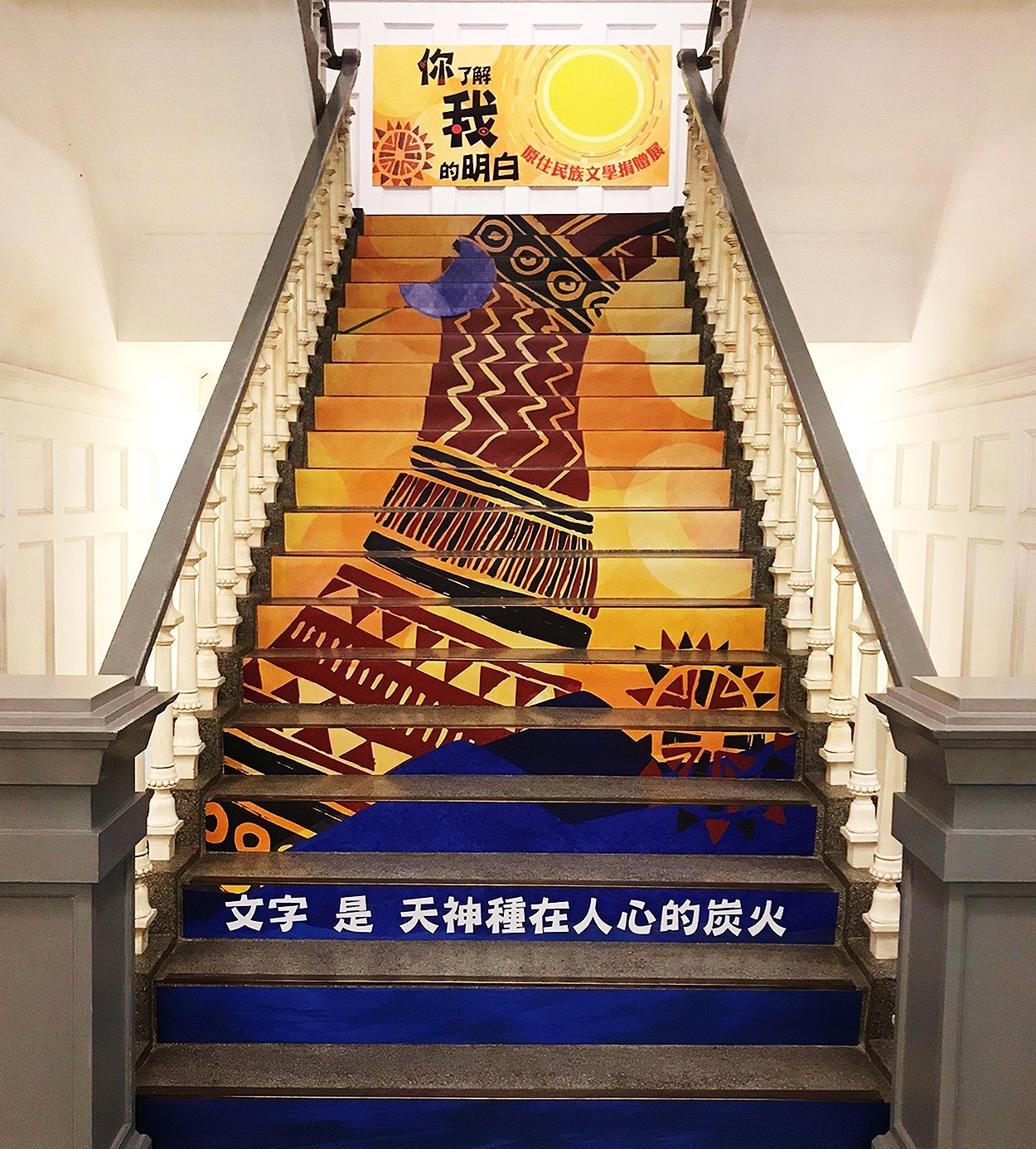
Taiwan indigenous literature is the beginning of the history of Taiwan literature. When oral literature became a genre and words no longer constitute the center of the literature landscape, indigenous literature serves as the preface to the history of Taiwan literature. Indigenous peoples left their traces in Taiwan more than 400 years ago. With the discoveries of archaeological sites, their existence can be traced back to 5 to 6 thousand years ago during the prehistoric ages. The identity and history of indigenous peoples all mark the beginning of the history of Taiwan literature.
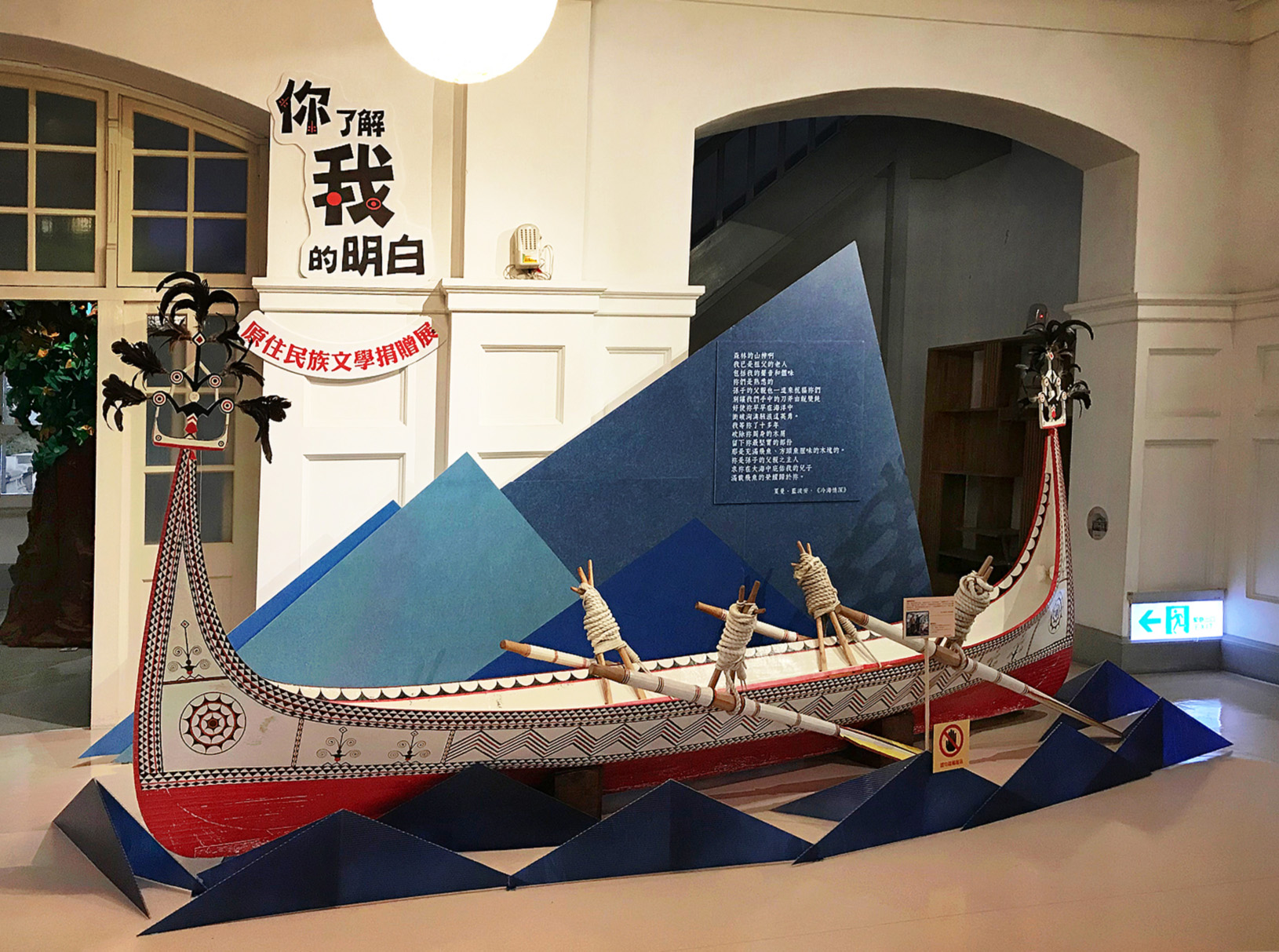
◈ Ipanitika of the Tao people
Mainly made by Syaman Rapongan. After finishing high school, Syaman Rapongan moved to the main island of Taiwan, where he took odd jobs. He studied in college while working at the same time in Taipei. Later on, he worked and participated in indigenous movements. In 1989, he decided to return to the Orchid Island and learn the work of a Tao man. Apart from shooting fish to support his family, making boats was also an important milestone in his life. (Kept in National Museum of Taiwan Literature)
◈ Syaman Macinanao, Syaman Rapongan and Ipanitika
Syaman Macinanao (left) and Syaman Rapongan (right) record the song "Mapabosbos" in front of the Ipanitika in the making. (Provided by photographer Cheng You-chi)
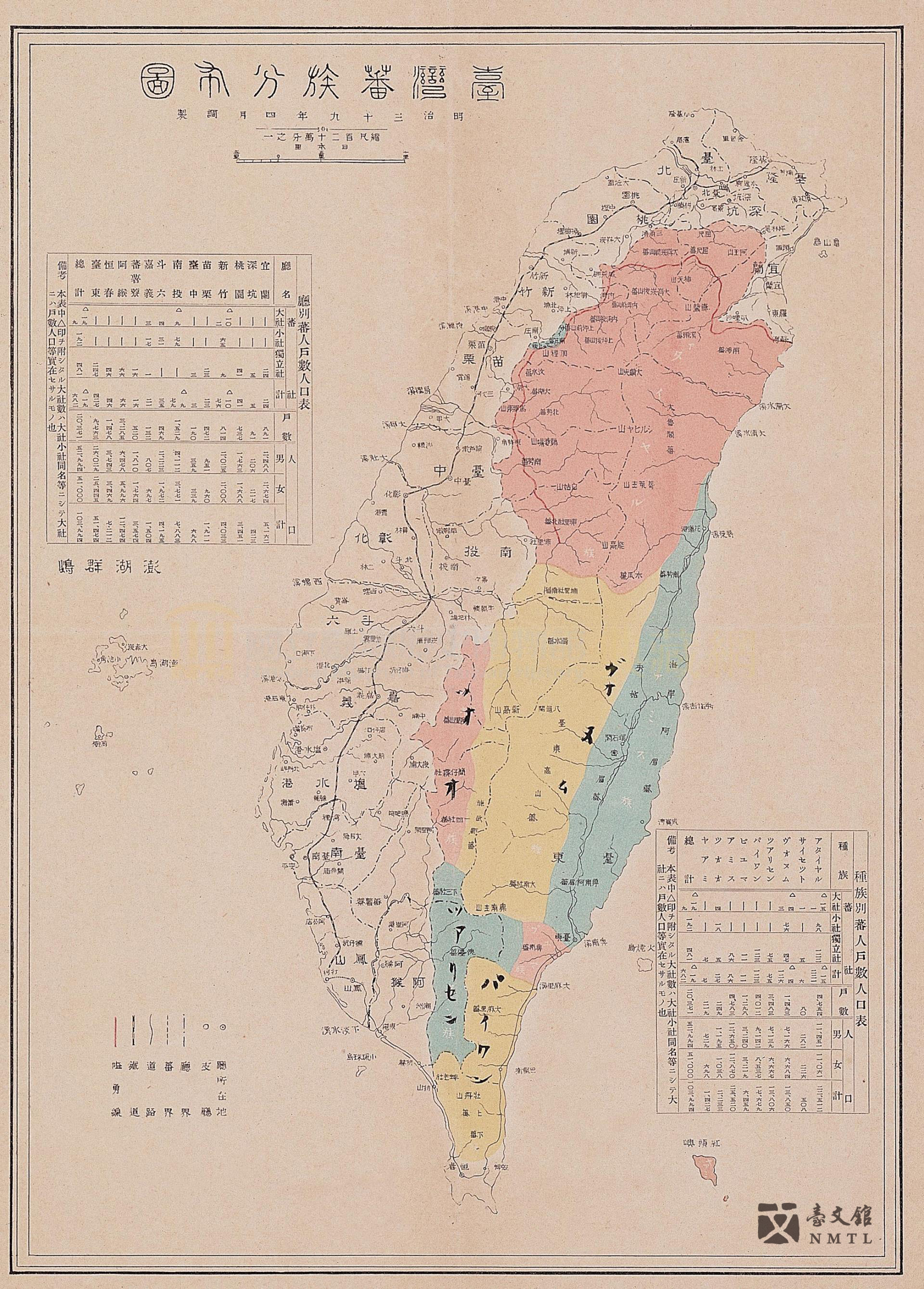
◈ "Taiwan Indigenous People Demographic Map (Scale: 1:1,200,000)"
Taiwan Indigenous People Demographic Map in 1906 (Japanese Colonial Era)(Provided by National Museum of Taiwan History)
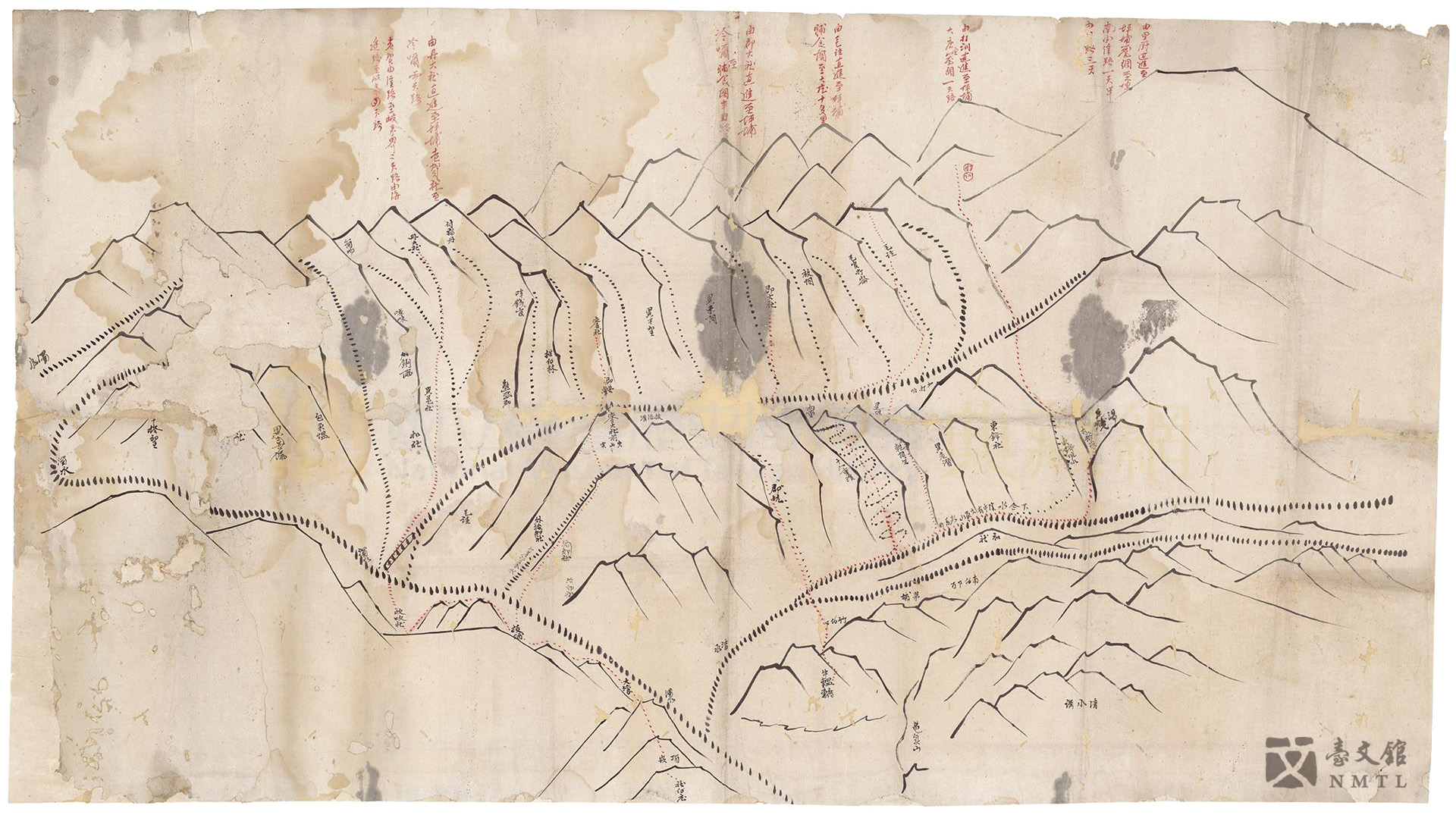
◈ "Hand-Drawn Map of Settlements and Roads Located at Upstream Zhuoshui River"
Taiwan Indigenous People Demographic Map during the late Qing Dynasty (1875~1895)(Provided by National Museum of Taiwan History)
This exhibition showcases the collection of donated artefacts to demonstrate the various genres of indigenous literature. During the prehistoric ages, there were a diverse array of literary forms, including myths, stories, legends, rites, and folk songs. They reflect the uniqueness of each indigenous language and illustrate how indigenous peoples tackled challenges and changes in nature and human society. After indigenous peoples started using the "writing" systems from other cultures, e.g. Japanese and Chinese, they have been able to introduce their unique languages, cultures, beliefs, and values to Taiwan’s mainstream society through the mainstream tools of communication. At the same time, through recording and portraying the indigenous imagings, the younger generations of indigenous peoples have been left with assets they can relate to, which further become Taiwan’s unique and valuable culture asset in the midst of globalization.
We invite you to join us in this journey of knowing the indigenous peoples that were the first settlers in Taiwan and still live on this island today.

